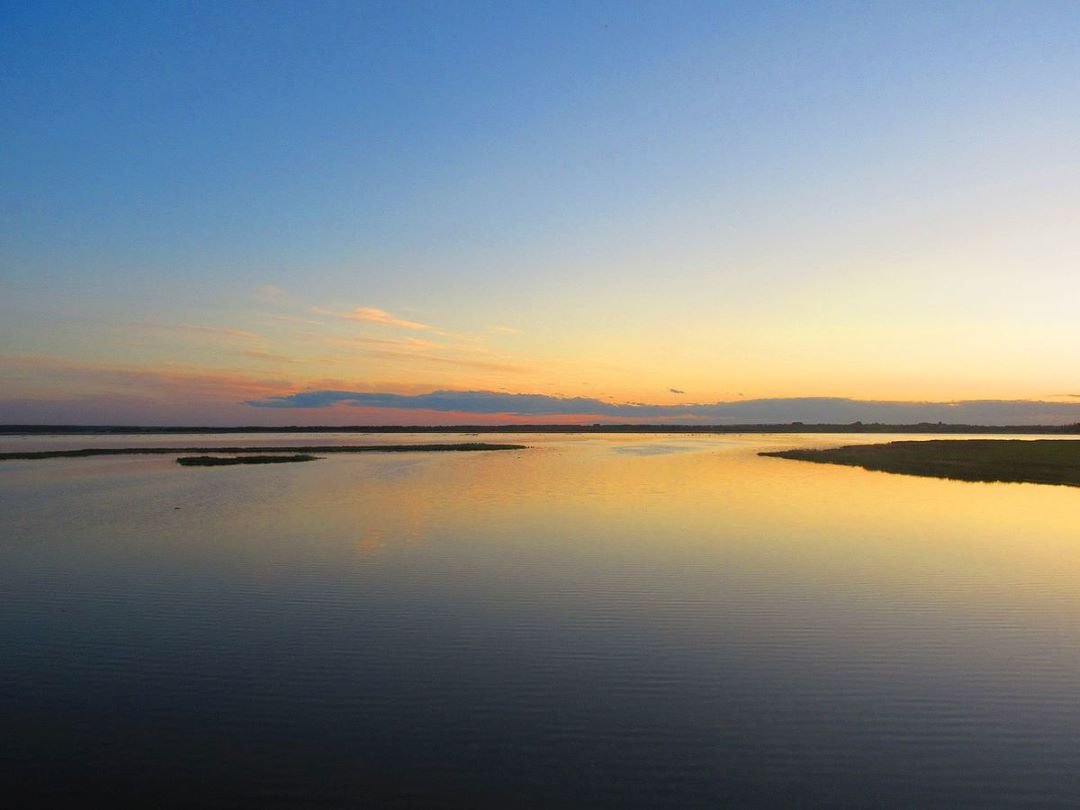Bird Guide to Lois Hole Centennial Provincial Park
This 175-page guide published by the Big Lake Environmental Support Society (BLESS) features the most commonly seen birds at Big Lake. The publication reflects the society’s mandate to act as stewards of Lois Hole Centennial Provincial Park, to provide environmental education, and to advocate for the preservation of the Big Lake wetlands.
Lois Hole Centennial Provincial Park is located along the western edge of St. Albert and Edmonton and adjacent to Sturgeon and Parkland counties. The dominant feature is Big Lake, which is 8 kms long and 3 kms wide at its widest point. The lake is shallow, with an average depth in the middle of its two basins of less than four metres.
The park is recognized as a globally significant Important Bird Area for its abundant and diverse bird populations, especially waterfowl and shorebirds. It supports large nesting grounds and many migratory waterfowl and shorebirds. More than 220 species of birds have been sighted in the park.
Lois Hole Centennial Provincial Park was established on April 19, 2005. The park was named to honour the memory of a beloved former Lieutenant Governor and to create a lasting legacy of Alberta's centennial. Lois was the second woman in Alberta's history to serve as Lieutenant Governor. She passed away on January 6, 2005, after a courageous battle with cancer. https://www.albertaparks.ca/media/6497329/bless_bird_guide.pdf
Local research on monarch butterflies
Edmonton & Area Land Trust (EALT) encourages outside organizations and post-secondary institutions to use its conservation lands as research sites. Janine (Jasper June) Heber is researching monarch butterfly and milkweed populations in western Canada. Their study sites included EALT's Pipestone Creek and Bunchberry Meadows as well as other conservation easements and natural areas in and around Edmonton.
Monarch butterflies are the iconic large orange and black butterflies with white spots on the edges of their wings. Weighing less than a paper clip, monarch butterflies make the incredible epic multi-generational migration from their overwintering grounds in Mexico, to Canada and the United States each spring. Monarch butterflies rely on their hostplant, milkweed, to breed in their summer ranges.
Heber’s study includes an 11-year historical analysis of over a hundred citizen science reports in the province. It revealed that monarchs have migrated as far north as central Alberta every year in the last decade. This means it is essential that we conserve lands and natural areas with milkweed habitat in their breeding summer ranges.
Research in central and southern Alberta discovered adult monarchs and larvae during surveys, showing the importance of conserving milkweed habitats across Alberta. Heber tagged the pictured monarch in Southern Alberta. Tags have a unique number on them so researchers can find out where the monarch was tagged initially, which helps track monarch migration back to their overwintering grounds in Mexico. https://www.ealt.ca/blog/research-highlight-monarchs
Edmonton Forest School registration for September now open
Edmonton Forest School Society (EFSS) puts the forest and the child at play, at the center of learning. It offers registered programs at Gold Bar and Kinsmen Parks to support children ages 0-9 years in the development of a sense of place, an ethic of care towards nature, and an understanding of themselves as a part of the natural world.
EFSS is a not-for-profit society that aims to grow curious, confident, nature-loving children who are connected to the land in what we now call Edmonton. It provides children and youth with the opportunity to learn and
develop with their head, heart and hands in an outdoor environment.
They approach learning through experience and play, guided by students’ questions and observations. The low learner-to-educator ratio (7:1) is imperative for this learning and community building. Registration for September is now open. https://edmontonforestschool.com/
Field log house designated an historic resource
Harry writes “It was a nice idea to do the article about the Field Log House but I am afraid that the author gives an inaccurate description regarding the construction of the log house itself. The method which was used is called post-on-sill. It goes back to a European construction style that was used by the early French colonists and for much of the building during the fur trade. Fort Edmonton used this basic system, though the fort's logs were squared.
In Jasper, the Jasper Park Lodge and many of the log buildings were done in the post-on-sill fashion and later, ones built with sawn lumber were made to imitate real logs; so, the look was popular. In this construction method vertical log posts with a groove are stood up and then horizontal logs with tenons that fit into the groove are dropped in to fill the space. The article bears correction.”
Play It By Ear by Caitlind r.c. Brown & Wayne Garrett, Butler Memorial Park, 15715-Stony Plain Road.
The artwork is a series of brightly coloured telephone pillars placed throughout the park. Park visitors can pick up any telephone and a matching phone will ring elsewhere in the park. If nobody picks up, you’ll be connected to a voicemail where you can leave a message for your neighbours and listen to the messages they’ve left for you! https://www.edmontonarts.ca/public-art/play-it-by-ear
Comment or Contributions
Please note articles may not reflect the position of NSRVCS. River Valley News is meant to be a clearinghouse for the variety of opinions and ideas about Edmonton’s River Valley.
Email river valley photos, event information, comments, or questions to nsrivervalley@gmail.com
Forward this link to anyone you think may want to sign up for this newsletter https://www.edmontonrivervalley.org/newsletter-signup





